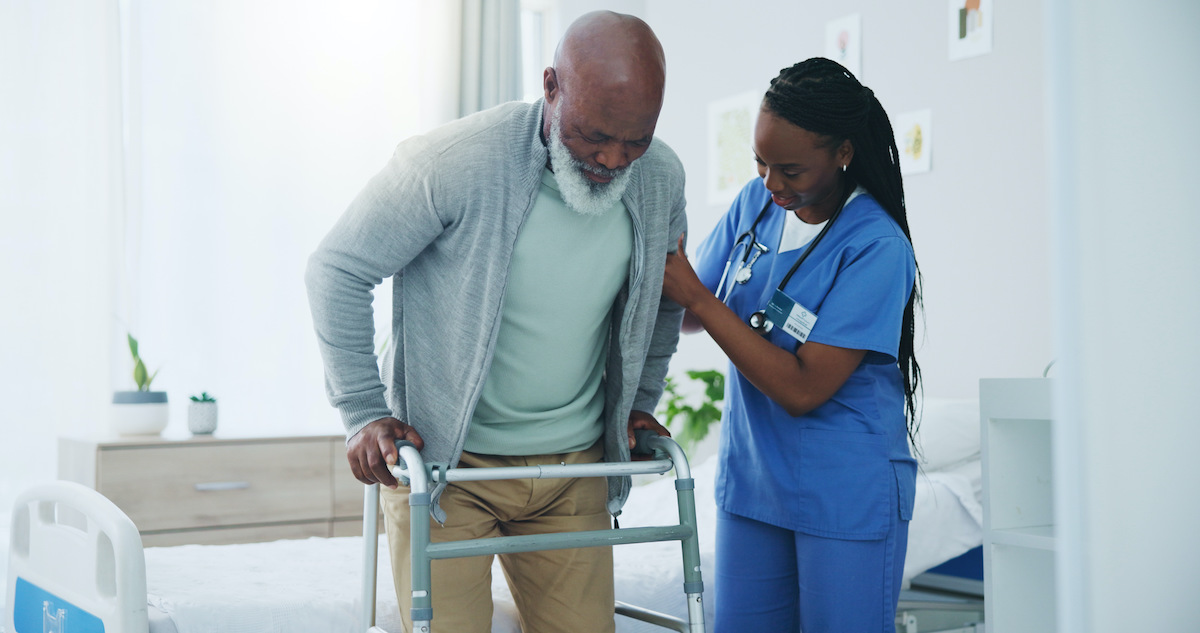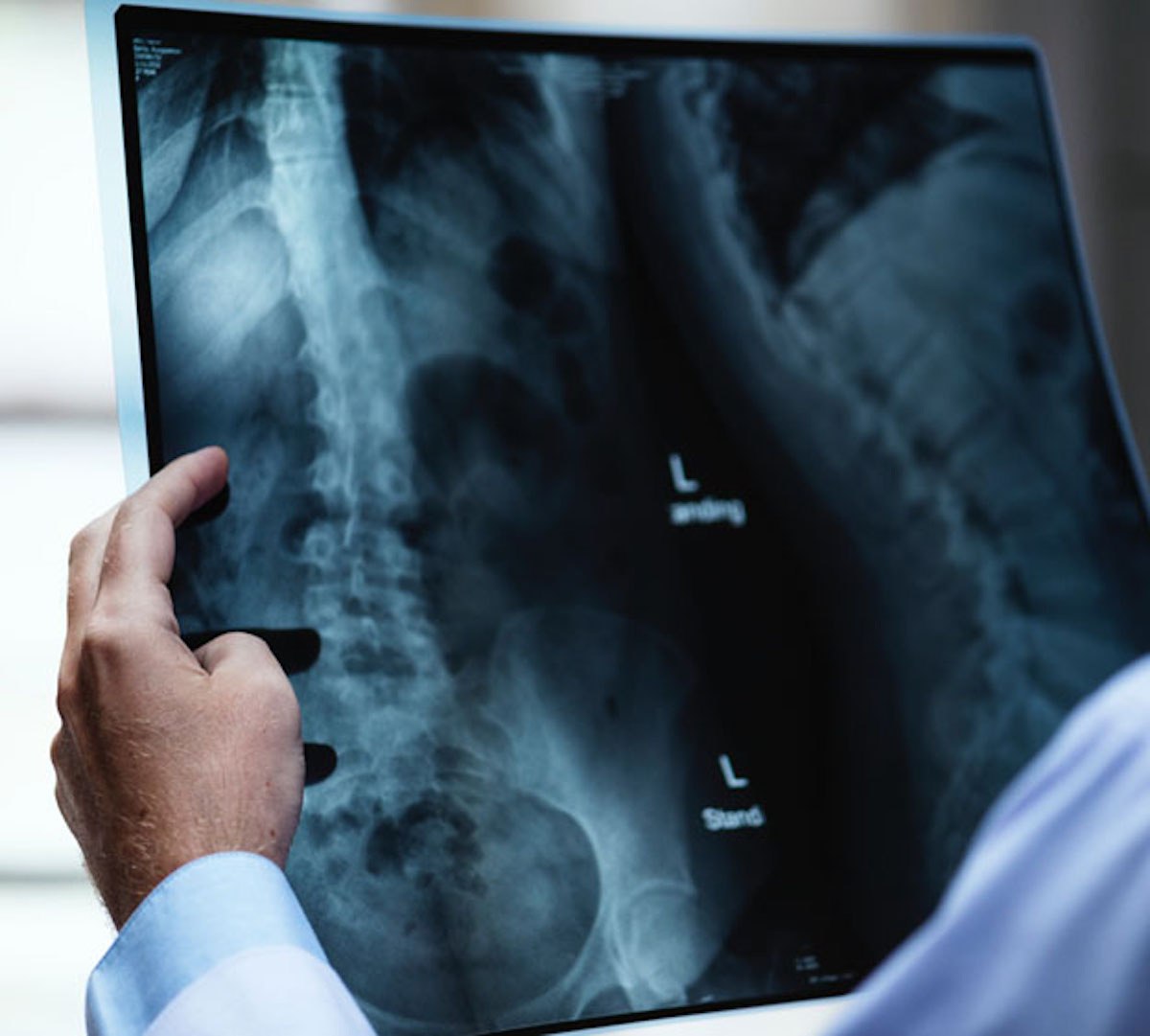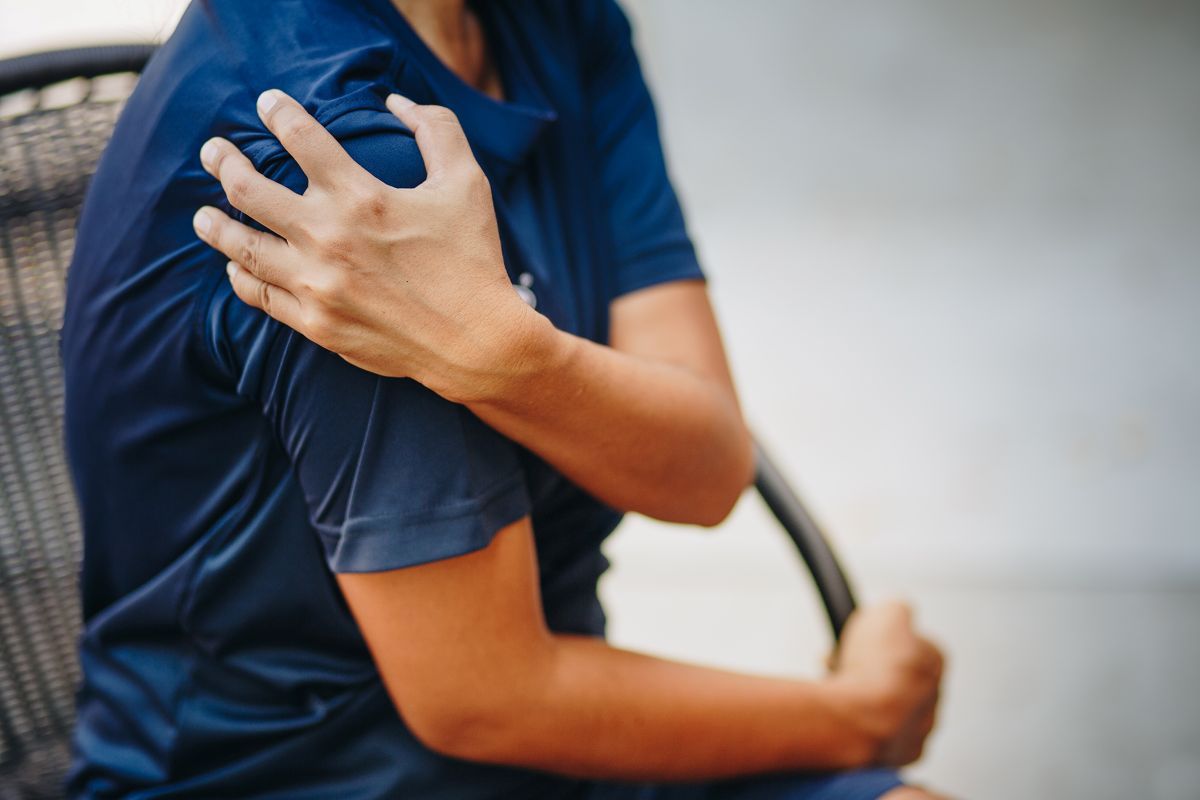Consider simple changes when upgrading home
Special to The Island News
Aging in place allows you or your loved ones to continue living a full life in the home of your choice. It’s not just about getting older – it’s about being prepared for the changes in your life that occur as you age.
According to the Centers for Disease Control and Prevention, there are 36 million falls reported among older adults each year, resulting in more than 32,000 deaths.
Betsy Sears, DPT, a physical therapist with Beaufort Memorial Outpatient Rehabilitation Services, answers a few questions about a few simple, relatively inexpensive changes that you can make to prevent you from becoming one of these statistics.
As they get older, many individuals begin using canes or walkers. What are common warning signs that you see as a physical therapist that you can advise people to look out for when considering a mobility device?
Some of these common warning signs include:
- Pain in your back or legs, either developed over time or due to an injury.
- Shuffling, limping or not picking up one or both of your feet when you walk, which can lead to decreased mobility and an increased risk of tripping.
- Always looking for a wall, railing or furniture to help with balance. A shift in your overall balance could be linked to other medical conditions, so it’s best to check with a physician if you’ve experienced a change in your balance.
- Experiencing a fall, or you notice that you are stumbling more frequently.
- Increased anxiety or fear of falling (stemming either from falling previously or from experiencing a noticeable shift in your balance).
What advice do you have for patients who may be wary of getting a mobility aid?
The biggest concern or worry that we see with patients who are considering the route of a mobility aid is “looking old.”
Aging is a natural process. We want individuals to feel confident and comfortable as they get older, and sometimes that process includes adding a mobility device like a cane, walker or scooter to allow them to keep their independence and continue with some of the activities they enjoy – just with a little bit of additional help and support.
After the use of a mobility aid is recommended to an older adult, their primary care provider can refer them to a physical therapist who can show them how to use it properly (how to hold it, how to use it on stairs, how to stand and sit while using a cane, etc.), which can improve their overall confidence in using the device.
When might someone need a cane versus a walker?
Canes are the best choice for individuals experiencing either pain or weakness on one side of their body or in one leg, while a walker can provide support for individuals experiencing pain or needing support in both of their legs.
What are some tips you have for maintaining mobility during the aging process? Are there any tips you have for lifestyle or home adjustments that might help prevent falls?
Simple changes to a home can allow for a safer “aging in place” experience, ranging from making sure that your home is well lit, to reducing trip hazards, to upgrading your bathroom to be more easily accessible.
Aging in place
Here are a few questions to ask yourself when considering making your home as safe as possible for aging in place:
Lighting
- Is there plenty of light in every room and hallway?
- Are there nightlights in bedrooms, bathrooms and hallways?
Flooring
- Are rugs tacked down or secured with nonskid pads?
- Are door thresholds less than a half-inch thick?
- Are there any throw rugs or decorative floor coverings that are a trip hazard?
Stairways
- Are there secure, steady handrails on stairways, outside steps or along any ramps in your home?
- Are there nonskid treads on the stairs and/or ramp?
Furniture/Appliances
- Have you arranged furniture so it isn’t blocking the walkways?
- Are your bed, couches and chairs at a good height so you can easily stand up and sit down?
- Are all bedspreads or furniture coverings secure or tucked in so they aren’t posing a trip hazard?
- Are your electrical cords out of the way?
Kitchen
- Are kitchen items within easy reach?
- Have you developed a safe system for storing items, like placing only light items on higher shelves and keeping heavier items at waist height?
Bathroom
Is slippery bar soap replaced by liquid soap in a bottle?
Do you have a raised toilet seat and/or railing for safe transition on and off the toilet?
Do you have aids for safer showers or baths, like a chair, bench, safety bar, nonslip bathmat or a handheld showerhead?











